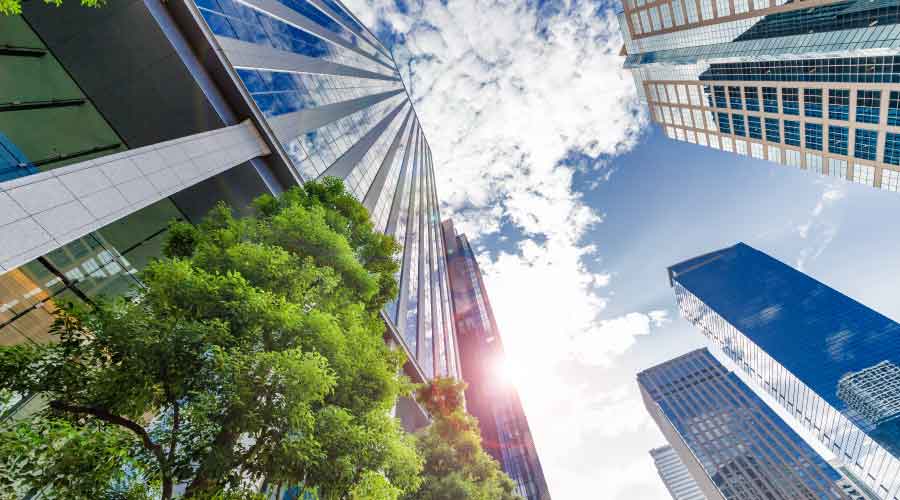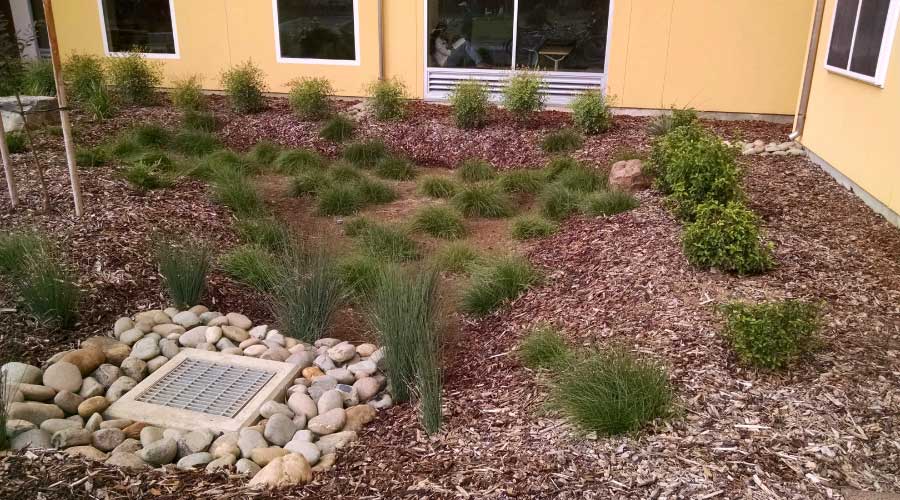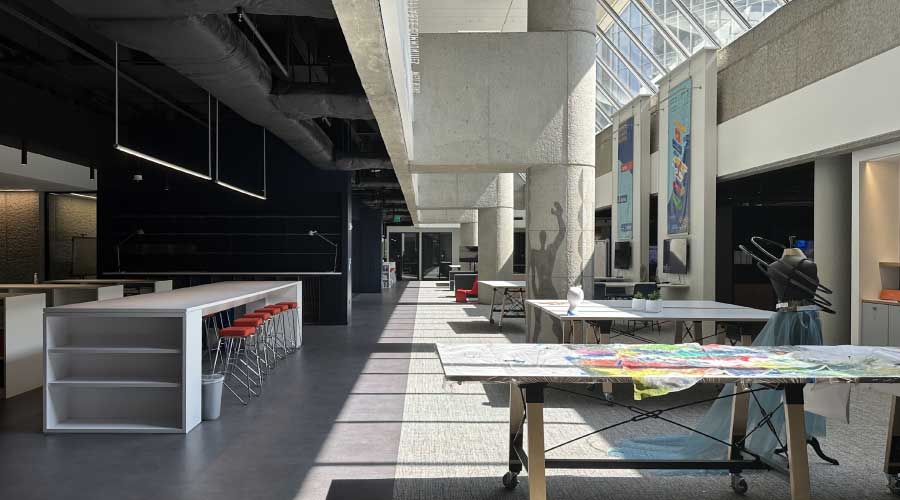Regenerative Buildings Represent the Future of Facilities
Living buildings that return resources to the environment are one of the best strategies for combatting climate change.
By Greg Zimmerman, senior contributing editor
Sustainability is so last millennium. These days, sustainability is the bare minimum on building projects. Climate change has progressed to the point that sustainability alone won’t be adequate for preventing the worst effects. The definition of sustainability – fulfilling the needs of current generations without compromising the needs of future generations to meet their needs – requires an update. What if buildings could not only be resource-conscious now, but also actively help future generations with the resources they need?
That is the new goal, and the new trend for buildings. Regenerative buildings represent the next stage of progress in the buildings industry. These are buildings that can produce more energy than they use, and can refresh the grid with renewable energy they’re generating on-site. They’re called regenerative buildings.
But even beyond the positive energy impact, as the Whole Building Design Guide explains, regenerative buildings are those that capture and treat all needed water, and also can restore ecosystems, all of which contribute to a net-positive impact on the environment. Indeed, that’s the simplest definition of a regenerative building: A building that helps. Sustainability does no harm. But regenerative buildings actively assist the environment in healing and returning to its natural state.
This is not some hippy-dippy aspirational concept. It’s happening every day in the design and facility management communities. The design firm HMC Architects lists several regenerative buildings case studies in an article explaining why regenerative buildings are the future. These progressive buildings, high school buildings, college libraries, and more, include elements of biomimicry while being designed to be ultra-efficient and return resources to the environment. They’re examples of what is possible.
Another design firm, CallisonRTKL, has also successfully designed and built regenerative buildings. Pablo La Roche, is principal at the firm and an expert on regenerative buildings. We talked with La Roche recently about regenerative design, its potential on existing buildings, and the financial story.
FacilitiesNet.com: How does a regenerative building differ from a sustainable building or even a net-zero energy building? Why is this distinction important?
La Roche: The distinction between the three is the level of impact on the environment. A code compliant building is designed to the minimum requirements of the law. Depending on local codes, it will have a larger or smaller impact on the environment. A sustainable building is designed to have a lower impact on the environment due to energy and water conservation measures for example, but will still have an impact, depending on how “green” the building is. A net zero building will have no impact on the environment in whatever area is being measured. A net zero energy building, for example, produces enough renewable energy to meet its own annual energy consumption requirements, with any remaining energy balance offset so the sum of this is zero. A regenerative building goes beyond sustainability creating a positive impact in multiple areas such as climate change, biodiversity, and water. Furthermore, in a regenerative building, the design is not static and human and natural systems evolve together. Regenerative design promotes a better world.
FN: Is it possible for an existing building to become a regenerative building? What strategies would need to be employed?
La Roche: Yes, it is possible, of course depending on the building. An existing building will already have materials with embodied carbon in it, with probably a large percentage of this carbon embodied in the structure. For example, if modifications are done to the envelope and the structure can be maintained, much can be done to improve the performance of the building and reduce its environmental impact without additional emissions from embodied carbon to the atmosphere.
We recently applied this methodology at Castellana 66 and the Torre Europa in Madrid. Castellana 66 is an office building from 1990 that now needs to be upgraded to meet current building standards. Rather than demolish the building and design a new one, we diversified the program and carefully upgraded the façade. The new façade now generates energy through integrated photovoltaics with minimal additional embodied carbon and leads to a significant reduction in operation emissions, improvement in daylight and overall wellness inside. Similarly, the Torre Europa, built in 1985, was in need of key upgrades to enhance its modern appeal for a target market of international office tenants. It is now a widely published award-winning example of a sustainable retrofit with a significant urban agenda.
FN: What is the financial story — or return on investment — for regenerative buildings? Is there a first-cost premium, and how is that recouped?
La Roche: There will be a first cost premium, however this premium can be reduced through smart design and implementation of basic principles. For example, placing a window in the right location to achieve passive solar gain and free heating in the winter costs the same as placing it in the wrong location. It is important to have an integrated design process with all consultants and the client on board. The financial recoupment is important, not only in energy costs but also in health of the occupants and many other outcomes such as productivity in an office building. Furthermore, we are still not used to measuring many of the costs such as the value of the property as a function of its adaptation to climate change. A regenerative building will be better adapted to climate change effects such as heat waves and will have a higher measurable economic value.
FN: Why are regenerative buildings a crucial step for the industry to take to do its part to mitigate climate change?
La Roche: A regenerative building is a climate positive building, a building that will sequester more carbon than it emits, a building that reduces anthropogenic emissions. It is a building that is like a tree and offsets emissions from other sources becoming a carbon sink. More regenerative buildings can offset the effect of non-zero carbon buildings.
Greg Zimmerman is senior contributor editor for the facility group, which including FacilitiesNet.com and Building Operating Management magazine. He has more than 18 years’ experience writing about facility issues.
Related Topics:












